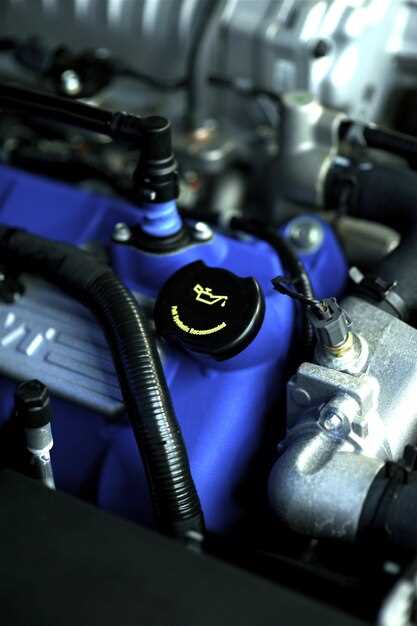
Optimizing temperature management in high-performance vehicles is critical for maximizing horsepower and endurance. Regularly monitor the heat exchanger fluid levels to prevent overheating, which can lead to catastrophic failures or reduced output. Consider upgrading to advanced thermal regulation solutions that enhance heat dissipation during intense competition.
The balance between thermal efficiency and performance is delicate; engineers must select appropriate materials that withstand elevated temperatures while ensuring lightweight dynamics. High-performance radiators and oil coolers should be implemented to maintain optimal operating conditions under extreme stress.
Conduct thorough testing under varied conditions to evaluate thermal performance. Data from these assessments will guide the adjustments necessary for maintaining the reliability and efficiency of your vehicle’s powertrain. Employing real-time telemetry systems can provide insights into the behavior of temperature control elements during races, allowing for instant adjustments when needed.
Impact of Cooling System Design on Engine Longevity in Racing

A well-designed thermal management approach is non-negotiable for maximizing the lifespan of a power unit in competitive environments. Utilizing high-performance radiators with optimal airflow characteristics can significantly decrease operating temperatures. Insulation of hot components mitigates heat soak and enhances thermal efficiency throughout the vehicle.
The choice of coolant plays a pivotal role; employing advanced fluids with superior heat transfer properties can effectively maintain lower temperatures under stress. Additionally, integrating a two-stage thermostat system allows for precise temperature control, aiding in both performance and durability.
Comparison of Liquid vs. Air Cooling Systems in High-Performance Vehicles

Prioritize liquid cooling for enhanced performance and temperature control. This method allows for more precise thermal management, crucial during intense scenarios.
The benefits of liquid systems include:
- Superior heat absorption due to higher thermal conductivity.
- More consistent temperature regulation, reducing the risk of overheating.
- Compact design enabling efficient integration within tight engine compartments.
Conversely, air cooling is simpler and lighter, making it favorable in certain circumstances. Key attributes include:
- Minimal maintenance requirements compared to liquid alternatives.
- Lower weight, which can enhance acceleration and handling in specific setups.
Performance tracks indicate that while air cooling may suffice for less demanding applications, liquid solutions are preferred in competitive settings where peak performance is non-negotiable.
For most high-performance applications, liquid cooling systems remain the go-to choice, ensuring optimal performance under stress and facilitating longer operational durations.
Techniques to Optimize Cooling Performance During Race Events
Implement a dual-circuit radiator system to separate the temperature management of the power unit and the transmission. This allows for more targeted heat dissipation and enhances overall performance.
Utilize high-flow water pumps that increase coolant circulation speed. This reduces the chances of hotspots forming and ensures that heat is carried away swiftly.
Employ heat-resistant fluids with a lower freezing point and a higher boiling point, improving heat transfer efficiency during intense conditions.
Incorporate advanced aerodynamic designs around the vehicle, ensuring airflow is maximized towards the heat exchangers. Utilize ducting strategies to direct air precisely where it’s most needed.
Utilize adjustable cooling vents that can be opened or closed based on racing conditions. This allows for optimal thermal management, adapting to changes in track temperature and driving style.
Regularly inspect and clean cooling components to prevent debris accumulation, which can significantly hinder airflow and thermal exchange capabilities.
Implement thermal barrier coatings on critical components to minimize heat absorption. This keeps more heat away from sensitive areas, allowing for improved efficiency.
Monitor temperatures in real time with advanced telemetry systems. This data can inform immediate adjustments during events for enhanced control over thermal conditions.
Optimize the placement of radiators and coolers to take advantage of the vehicle’s movement and airflow patterns, ensuring maximum effectiveness during high-speed runs.
Utilize fan shrouds that enhance airflow through heat exchangers, increasing the efficiency of the cooling process even at lower speeds.
Consider the weight distribution of cooling components, ensuring they do not adversely affect the center of gravity, which can impact handling during competitive situations.
Integrate a thermal management strategy that includes pre-warming systems for race-day operations, allowing fluids to reach optimal operating temperatures before the event begins.


